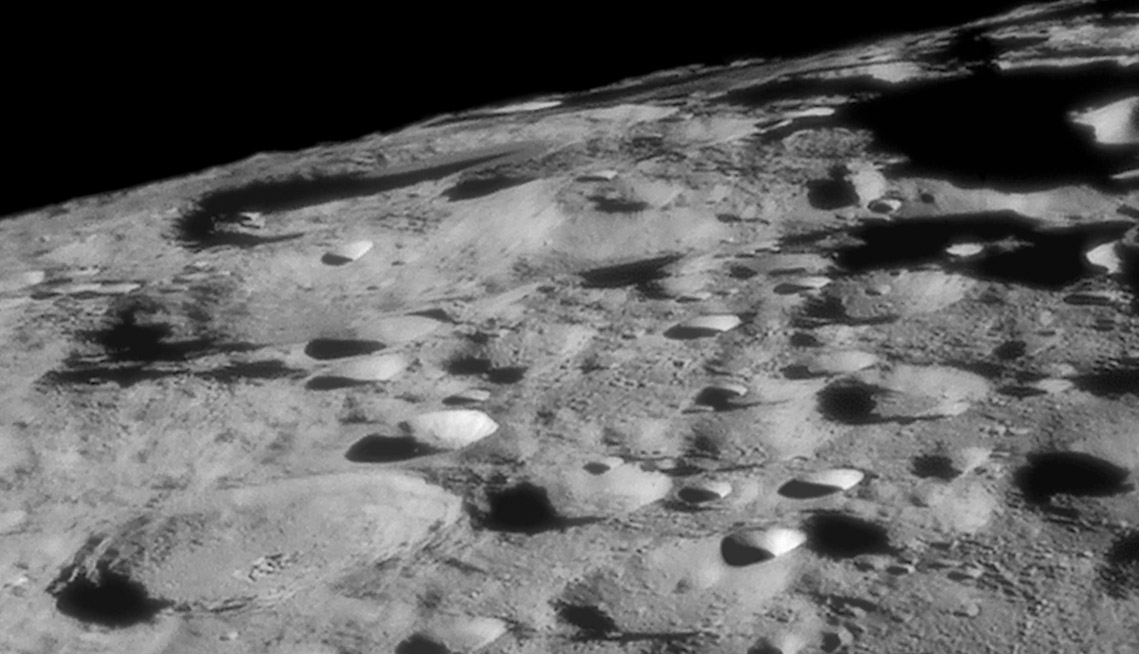Difference between revisions of "February 13, 2009"
| (5 intermediate revisions by the same user not shown) | |||
| Line 1: | Line 1: | ||
__NOTOC__ | __NOTOC__ | ||
=Beyond the Polar Explorers= | =Beyond the Polar Explorers= | ||
| + | <!-- Start of content --> | ||
<!-- ws:start:WikiTextHeadingRule:2:<h1> --> | <!-- ws:start:WikiTextHeadingRule:2:<h1> --> | ||
<!-- ws:start:WikiTextLocalImageRule:8:<img src="/file/view/LPOD-Feb13-09.jpg/57715866/LPOD-Feb13-09.jpg" alt="" title="" style="width: 900px;" /> -->[[File:LPOD-Feb13-09.jpg|LPOD-Feb13-09.jpg]]<!-- ws:end:WikiTextLocalImageRule:8 --><br /> | <!-- ws:start:WikiTextLocalImageRule:8:<img src="/file/view/LPOD-Feb13-09.jpg/57715866/LPOD-Feb13-09.jpg" alt="" title="" style="width: 900px;" /> -->[[File:LPOD-Feb13-09.jpg|LPOD-Feb13-09.jpg]]<!-- ws:end:WikiTextLocalImageRule:8 --><br /> | ||
| − | <em>image by [mailto:slamm@blueyonder.co.uk | + | <em>image by [mailto:slamm@blueyonder.co.uk Stefan Lammel ]</em><br /> |
<br /> | <br /> | ||
| − | The south polar region of the Moon provides perhaps the most dramatic celestial landscape that can be observed through a telescope. Tall mountains that ring the South Pole-Aitken Basin jut up into the sky, and deep craters cast dark shadows across their floors. The compression of the landscape through foreshortening makes identification of features difficult, even on a fantastic image such as this. The Tycho-like crater at lower left is Schomberger and a [ | + | The south polar region of the Moon provides perhaps the most dramatic celestial landscape that can be observed through a telescope. Tall mountains that ring the South Pole-Aitken Basin jut up into the sky, and deep craters cast dark shadows across their floors. The compression of the landscape through foreshortening makes identification of features difficult, even on a fantastic image such as this. The Tycho-like crater at lower left is Schomberger and a [[December_21,_2007|now]] apparently to be launched in May, 2009. <br /> |
<br /> | <br /> | ||
| − | <em>[mailto:tychocrater@yahoo.com | + | <em>[mailto:tychocrater@yahoo.com Chuck Wood]</em><br /> |
<br /> | <br /> | ||
<strong>Technical Details</strong><br /> | <strong>Technical Details</strong><br /> | ||
| Line 13: | Line 14: | ||
<br /> | <br /> | ||
<strong>Related Links</strong><br /> | <strong>Related Links</strong><br /> | ||
| − | Rükl plate [ | + | Rükl plate [https://the-moon.us/wiki/Rükl_73 73]<br /> |
| − | Stefan's entire [http://www.pbase.com/image/109091621/original | + | Stefan's entire [http://www.pbase.com/image/109091621/original mosaic]<br /> |
<br /> | <br /> | ||
| + | <p><b>Yesterday's LPOD:</b> [[February 12, 2009|Happy 200th, Darwin!]] </p> | ||
| + | <p><b>Tomorrow's LPOD:</b> [[February 14, 2009|Happy Valentines Day]] </p> | ||
<hr /> | <hr /> | ||
| + | {{wiki/ArticleFooter}} | ||
Latest revision as of 19:39, 18 August 2018
Beyond the Polar Explorers

image by Stefan Lammel
The south polar region of the Moon provides perhaps the most dramatic celestial landscape that can be observed through a telescope. Tall mountains that ring the South Pole-Aitken Basin jut up into the sky, and deep craters cast dark shadows across their floors. The compression of the landscape through foreshortening makes identification of features difficult, even on a fantastic image such as this. The Tycho-like crater at lower left is Schomberger and a now apparently to be launched in May, 2009.
Chuck Wood
Technical Details
6-Jan-09 20:30UT. 10in f4.8 Newtonian, Infinity 2-1M, 5x PowerMate, green filter, Avistack, Registax, PSE 5, Focus Magic.
Related Links
Rükl plate 73
Stefan's entire mosaic
Yesterday's LPOD: Happy 200th, Darwin!
Tomorrow's LPOD: Happy Valentines Day
COMMENTS?
Register, Log in, and join in the comments.



